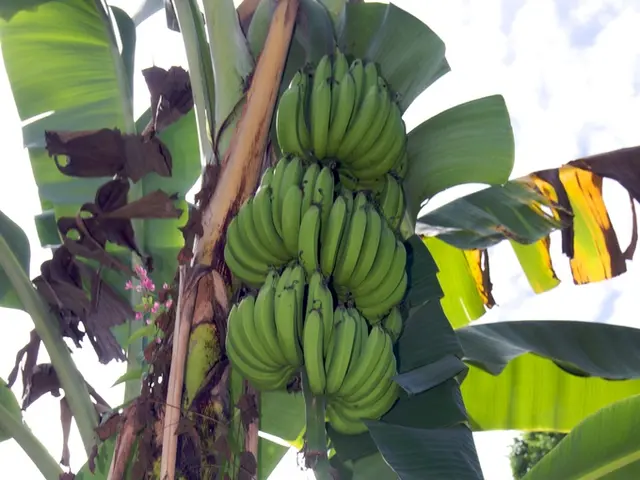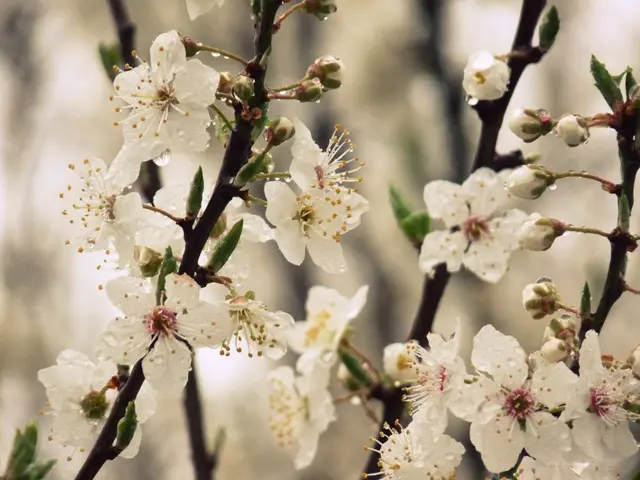Japanese Tourists Flock to South Korea for Affordable Rice as Japan's Prices Skyrocket
Favorite Memento from South Korea for Increasing Japanese Travelers: Rice
In a surprising turn of events, South Korea is witnessing an influx of Japanese tourists, not for the usual sightseeing and cultural experiences, but primarily to stock up on rice. The soaring rice prices in Japan have made a visit to South Korea a viable option for many, industry officials report.
Recent weeks have seen an uptick in Japanese tourists filling their shopping carts with rice at supermarkets in Seoul. The escalating trend was brought to light by a viral post on a popular social media platform, recounting a Japanese tourist's rice-buying adventure during a trip to Korea.
This Japanese tourist, a middle-aged housewife, shared that she purchased 4 kilograms (8.8lbs) of white rice and 5 kilograms of brown rice in Korea during a layover in Seoul, after traveling from Cebu, the Philippines. According to her, her mission in Seoul was to buy rice, as prices in Japan had become prohibitively high.
The price difference between Korean and Japanese rice is stark. Korean rice costs around 3,000 yen (~30,000 won) per 10 kg, while Japanese rice can cost up to 8,000 yen (~80,000 won) for the same quantity. This puts Korean rice at less than half the price of domestic rice in Japan. This significant price disparity, coupled with the recent streamlining of the quarrying process, is driving the growing number of Japanese tourists to South Korea for their rice needs.
Travelers need to declare rice purchases at both the departure (South Korea) and arrival (Japan) airports. However, the documentation process is simplified with sample forms available at quarantine centers. In March 2025 alone, over 119 quarantine certificates were issued - a 20-fold annual increase.
South Korea began direct rice exports to Japan in April 2025, with initial shipments of 2 tons selling out within two weeks, despite a 341 yen/kg tariff. The National Agricultural Cooperative Federation plans additional 10-ton exports in May 2025, indicating sustained demand fueled by Japan's ongoing rice market instability.
This trend reflects both individual cost-saving strategies and emerging trade opportunities amid Japan's rice market crisis. As the demand for affordable rice continues to grow, it remains to be seen how this will impact the rice markets in both countries in the long run.
- Japanese tourists are flocking to Seoul, South Korea, not just for sightseeing, but primarily to buy rice due to the soaring prices in Japan.
- A viral post on social media highlighted the trend of Japanese tourists stocking up on rice at supermarkets in Seoul, with one tourist purchasing 4 kilograms of white rice and 5 kilograms of brown rice during a layover.
- The price difference between Korean and Japanese rice is significant, with Korean rice costing around 3,000 yen per 10 kilograms, while Japanese rice can cost up to 8,000 yen for the same quantity.
- In March 2025 alone, over 119 quarantine certificates were issued for rice purchases in South Korea, indicating a 20-fold annual increase, suggesting growing demand amid Japan's rice market instability.




